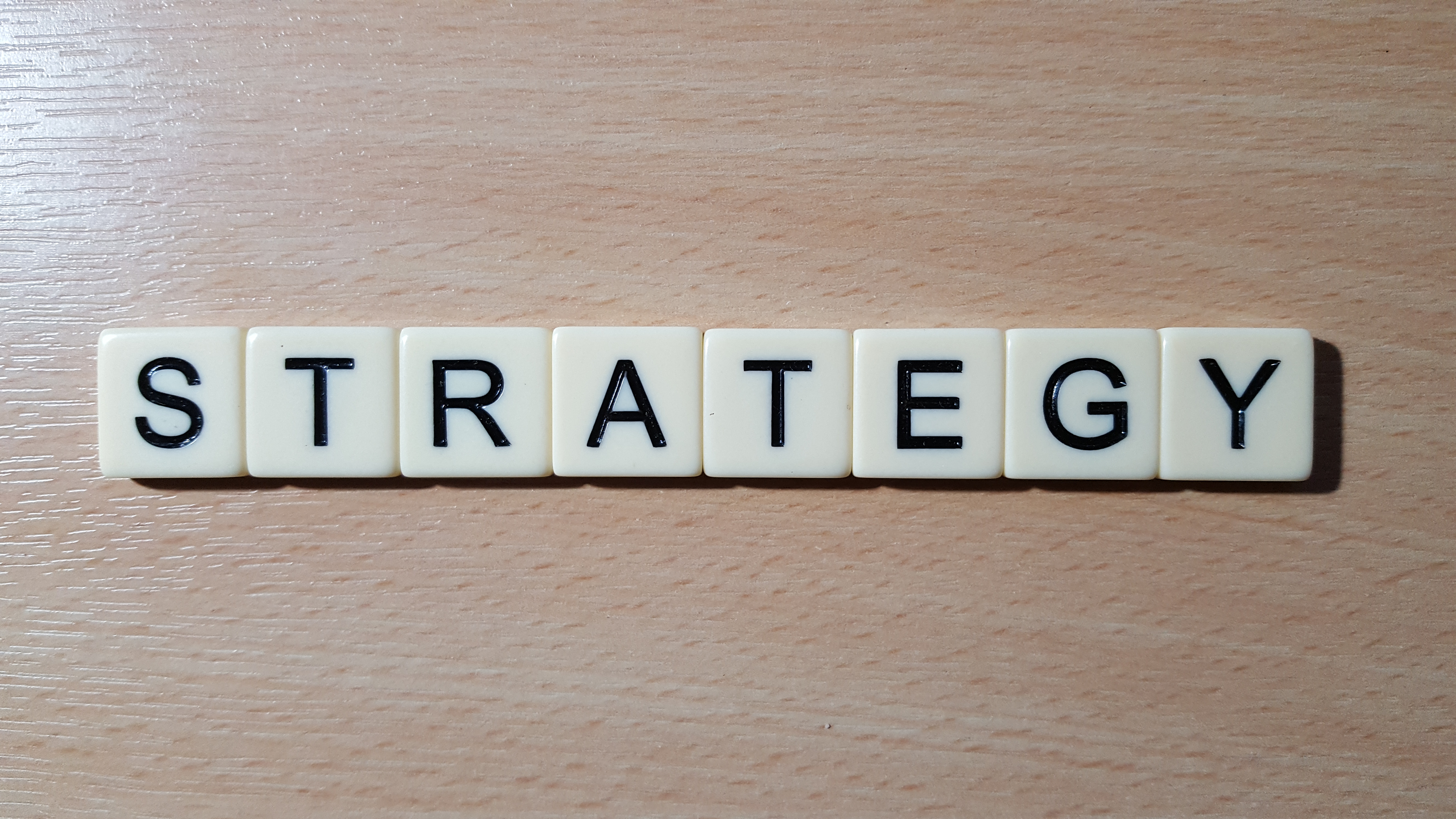A strategy document serves a different purpose to a strategic plan. Confusion between these different documents causes good strategies to be described badly.
The difference between strategy document and strategic plan
At Excitant, we make a very clear distinction between these two documents: they have quite different purposes.
· A strategy document explains the strategy. It documents the strategy and the thinking behind the strategy.
· A strategic plan details the plans to achieve that strategy. It documents the how plans for how the strategy will be implemented. It is a plan. it is not a strategy
These ideas abnd documents serve quite different purposes. Therefore, they should be different types of document. (This article is a part of a whole series of articles on strategy that you can find in “The Strategy Zone“)
Unfortunately, much of the advice that you may see on the internet, merges these two ideas. They call any documents that describe the strategy, a ‘strategic plan’. This suggests that a strategy is (just) a plan: however that is a very dangerous idea. (Even the Microsoft spell checker equates strategy to a plan. This is lazy thinking.) Strategy is not that simple. Such a simplistic approach fails to explain the thinking behind the strategy: the thinking that determines the plans.
We see a lot of strategy documents (strategic plans) that leave out the underlying thinking and rationale for the decisions embedded in the strategy. This makes it much harder to explain the story of the strategy, and much harder for people to interpret the actions for themselves. They just have to follow the plan.

Of course a strategy must be implementable. Strategy does not exist without action. But it is one thing to explain the strategies and the coherent actions that accompany it (a strategy). It is something else to explain the detailed plans of the strategy (a strategic plan).
The phrase, “Strategic plan” is a compound noun, and you should be very careful of compound nouns. In this case, is “The strategic plan”, the plan for developing the strategy, or the plan for implementing the strategy? These are quite different documents, but by turning the name of them into a compound noun, the meaning becomes unclear.
Strategies are persistent: they guide plans
It is useful to think of strategy as a persistent pattern of behaviour over time.
In a recent client’s case, the strategy, a pattern of behaviour and actions that would be incorporated into the way they managed their assets, determined their Asset Management plans, budgets and programmes of change, over the next 5 years. Think about the series of, perhaps, 9-18 month programmes of change. Each phase of the series, designed to implement part of the strategy. Some of these plans and budgets to implement this strategy were yet to be written. The plans will change more quickly than the strategy. The strategy frames and guides the set of strategic plans. The strategy provides a persistent pattern of behaviour across a coherent set of programmes of change and plans.
The strategy document can easily include an appendix with an overview of the change programme. It is likely that the strategy will include a task to update the change programme to ensure it was consistent with the strategy and ensure it delivered the various parts of the strategy. If you are developing your programme of change and investments, and want to ensure alignment with the strategy, you may be interested in how to align a strategic balanced scorecard with the change programme of investments,
Be clear what you are trying to achieve with the document
When we are asked to “document the strategy”, we write a document so that people could understand the strategy, interpret it, and apply it themselves. In otherwords, if they understand the startegy, they do not need detailed plans of what specifically to do. In the military, this is approach is sometimes called “mission command“. Have well trained people who understand the strategy and the mission. Let them decide what to implement the details of the plan, given what they actually have in front of them, and their knowledge and understanding of the overall mission’s intent.
The idea with a good strategy document, is to have a explanation from which more detailed plans, and programmes of change, can be derived. A document that explained the strategy and the thinking behind the strategy.
Of course, it is useful in the strategy to have an overview of the major actions, investments and programmes of change. Make it clear which coherent actions are consistent with the strategy. There should be an alignment of projects and investments. However these are NOT strategic plans. The specific, evolving plan for implementing the strategy, just as the specific plan for communicating and socialising the strategy, is more detailed.
First be clear on your strategy: then write your strategic plan
Before you start writing, be clear what you are trying to achieve. Are you documenting the thinking behind the strategy (you should be in the strategy document), or are you detailing the plans that support the implementation of that strategy (the strategic plan).
Whether you are documenting a strategy, or documenting the plan for the implementation of the strategy? Be clear what purpose you are serving. To read about often subtle, but important differences, in the language of strategy, have a read of “The Strategy Zone“, If you are planning the implementation of your strategy you may find “Communicating and Socializing your strategy: an Executive’s guide” a useful reference.



Interesting reading. So if an organisation engages consultants and says we want a five year strategy and a business plan. Could they not be conflating strategic plan with business plan? What type of two deliverable documents should come out, following your piece above?
When this happens, they are probably asking for a strategy that has a five year perspective, and then a one to two year business plan that represents following and implementing the first two years of that strategy. Al least two documents, that have close relationships. There is likely a Gantt chart and detailed programme of change that sits alongside the Business plan.
This was very insightful, it has provided very clear border lines between a strategy and a strategic plan. However, it unfortunate that most public organizations have fallen into the trap of using the two concepts interchangeably with strategic plans being predominantly deployed as a standalones i.e., without a strategy.
This results to inconsistence in service delivery which translates to “ineffectiveness” in daily conduct thus, losing relevance.